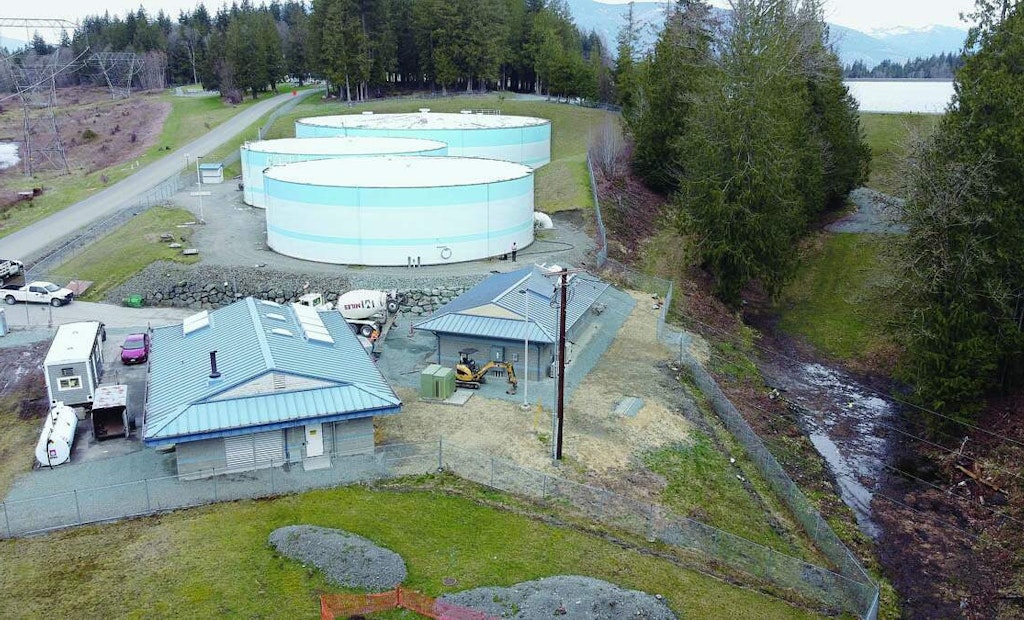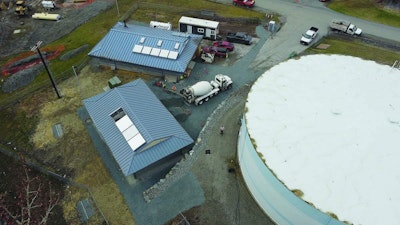
The Skagit Public Utility District in Washington State completed its new $3.2 million, 1,900-square-foot pumping station in 2022, eliminating service interruptions caused by frequent maintenance at the old facility
The Skagit Public Utility District in Washington State plays an important role for residents of the communities it serves, especially through its management of water resources.
“Water is at the heart of what makes the quality of life in Skagit County so remarkable,” Andrew...








